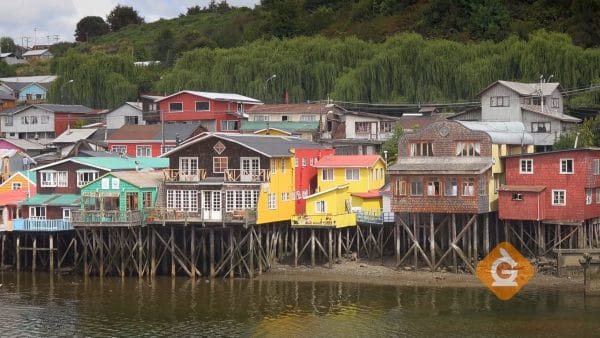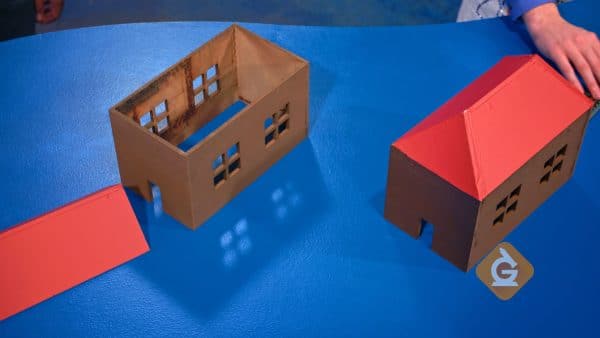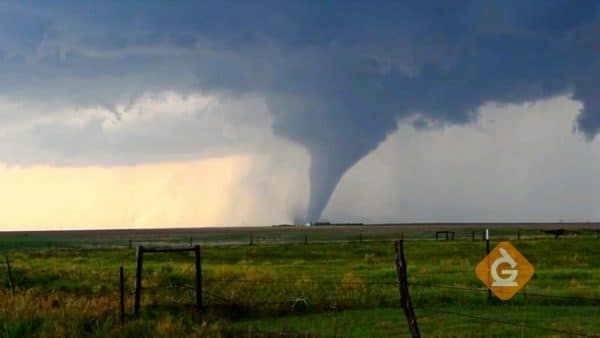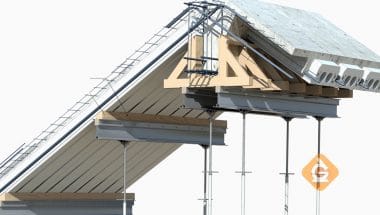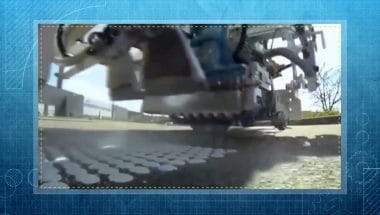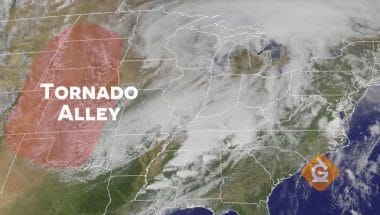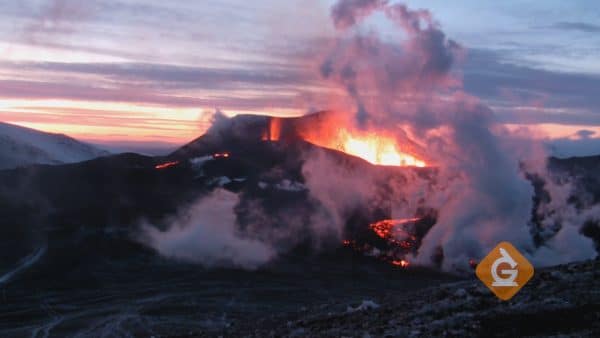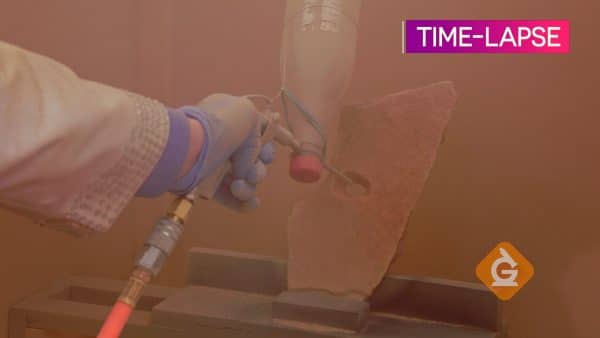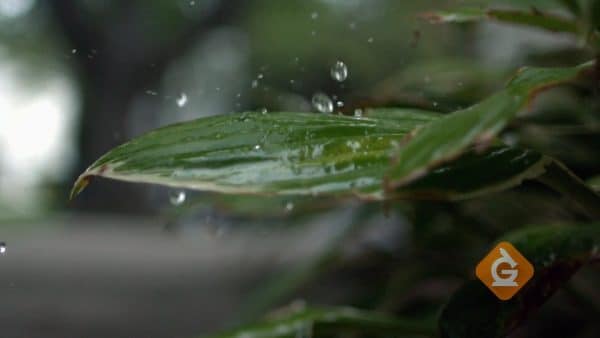Special building panels can withstand the winds of a tornado. They can be used to build a safe room in your home. So even if a tornado destroys the house, the room will be intact.
Extreme weather is a result of natural processes.
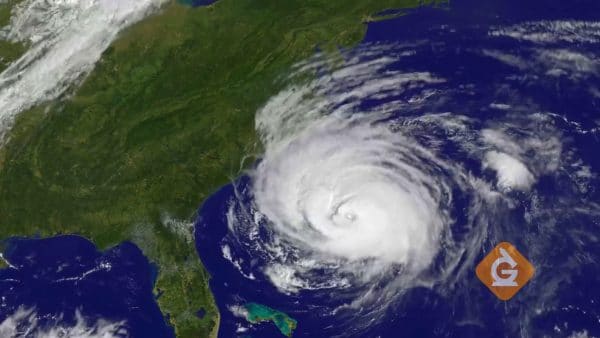
All over the globe, weather is something people experience every day. However, there are some types of weather that are so intense that they deserve special mention. This type of weather is known as extreme weather.
Extreme weather causes a lot of damage. Unfortunately we can’t eliminate this natural hazard, but we can reduce its impact. One way to lessen the impact is by being prepared.
For example, based on data collected over centuries, we know that the period of time between June 1st and November 30th of each year is when hurricanes are expected to develop in the Atlantic Ocean.
So each year, the people that live near the coast know they should get prepared. Also, engineers develop solutions to protect us from extreme weather, such as with new building methods or inventions to help lessen the damage.
